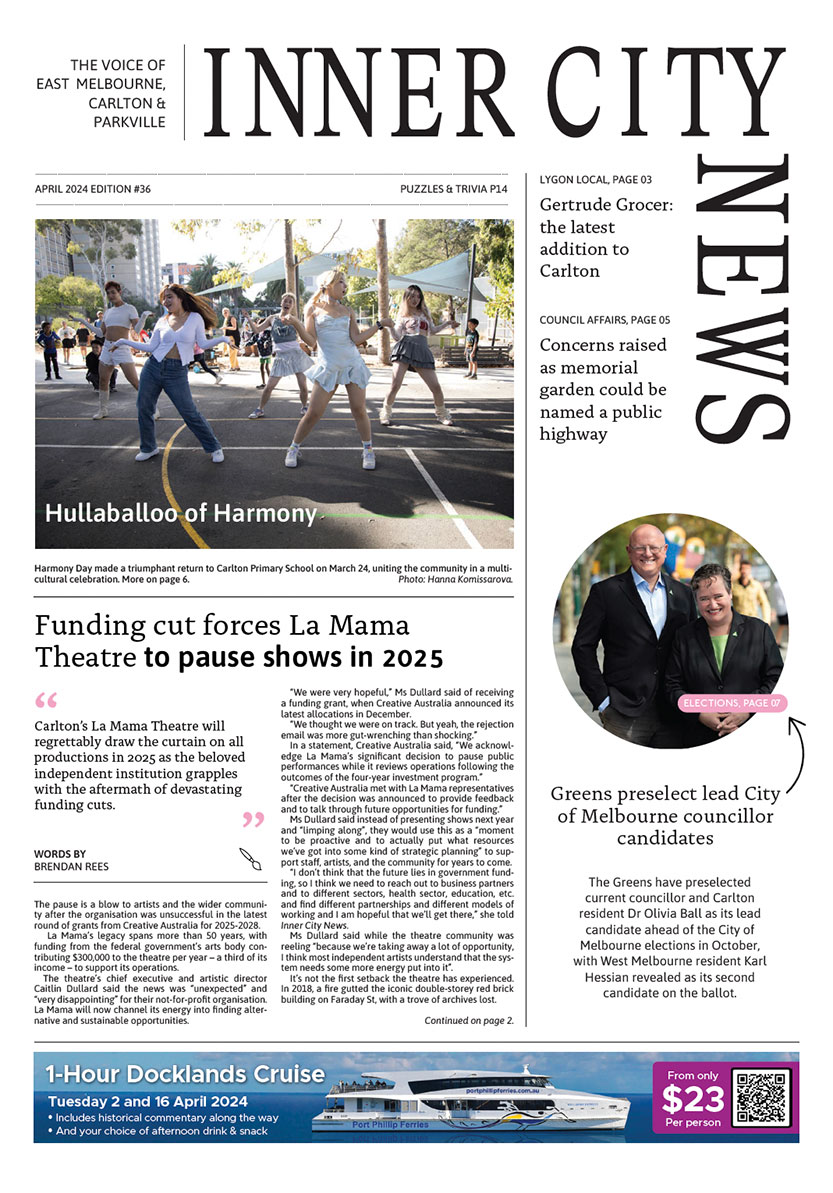Statue of Victorian feminist and social activist to be celebrated
The first woman nominated for Australian parliament, Vida Goldstein, will be honoured with a statue in a historic move that aims to close the gap on gender inequality of statues in the City of Melbourne.
Vida was the driving force behind the right for women to vote and run for politics in Australia – the second nation to do so in 1902. She was the first woman to run for Australian Parliament in 1903.
The initiative to honour Goldstein builds on the City of Melbourne’s campaign to immortalise more statues of women in recognition of their significant contributions to society.
Currently, only 10 of the 580 statues in the city celebrate women from Melbourne’s history.
Speaking at the announcement at the Victorian Trades Hall in Carlton on December 9, Deputy Lord Mayor Nicholas Reece noted there were more statues of fairies and nymphs in Melbourne than there are of real women who lived in the city.
Federal Member for Goldstein Zoe Daniel also attended the announcement.
The statue of Goldstein is expected to be erected by International Women’s Day, March 8, 2025, with a location to be decided in the coming months.
In May, a bronze statue of Zelda D’Aprano, a historical union activist and feminist figure, was unveiled at Victorian Trades Hall by former Prime Minister Julia Gillard.
Lord Mayor Sally Capp said it was a momentous day to celebrate Goldstein, whom she described as a “remarkable woman who championed women’s rights and forged a path to politics for many more women – including myself”.
“Women and girls should be able to see themselves represented in the community. We look forward to seeing Vida’s statue unveiled in an iconic Melbourne place, as we work to reduce the gender disparity in statues adorning our city,” she said.
Born in 1869 in Portland, Goldstein was educated Presbyterian Ladies College. In 1890, Goldstein helped her mother to collect signatures for the “Great Petition” for women's suffrage.
Although she unsuccessfully ran as an independent candidate for the Senate in 1903, campaigning tirelessly for women's suffrage, she tried four more times in 1910 and 1917 for the Senate and in 1913 and 1914 for the House of Representatives, always as an independent woman candidate.
In her later years, she turned to Christian Science and died of cancer at her home in South Yarra on August 25, 1949.
More than 1000 community members have nominated inspiring Victorian women to be honoured in locations around the city, with 185 individual women put forward.
Historian Clare Wright has been selected to chair an independent advisory panel. She said the statue of Goldstein would be “a concrete reminder to Victoria’s girls and boys that active participation in democracy can change the world”.
The council will commission local artists to develop concepts for all statues, which will also support Melbourne’s creative sector.
Image: State Library of Victoria.

Carlton language school championed by Ukrainian refugee




 Download the Latest Edition
Download the Latest Edition